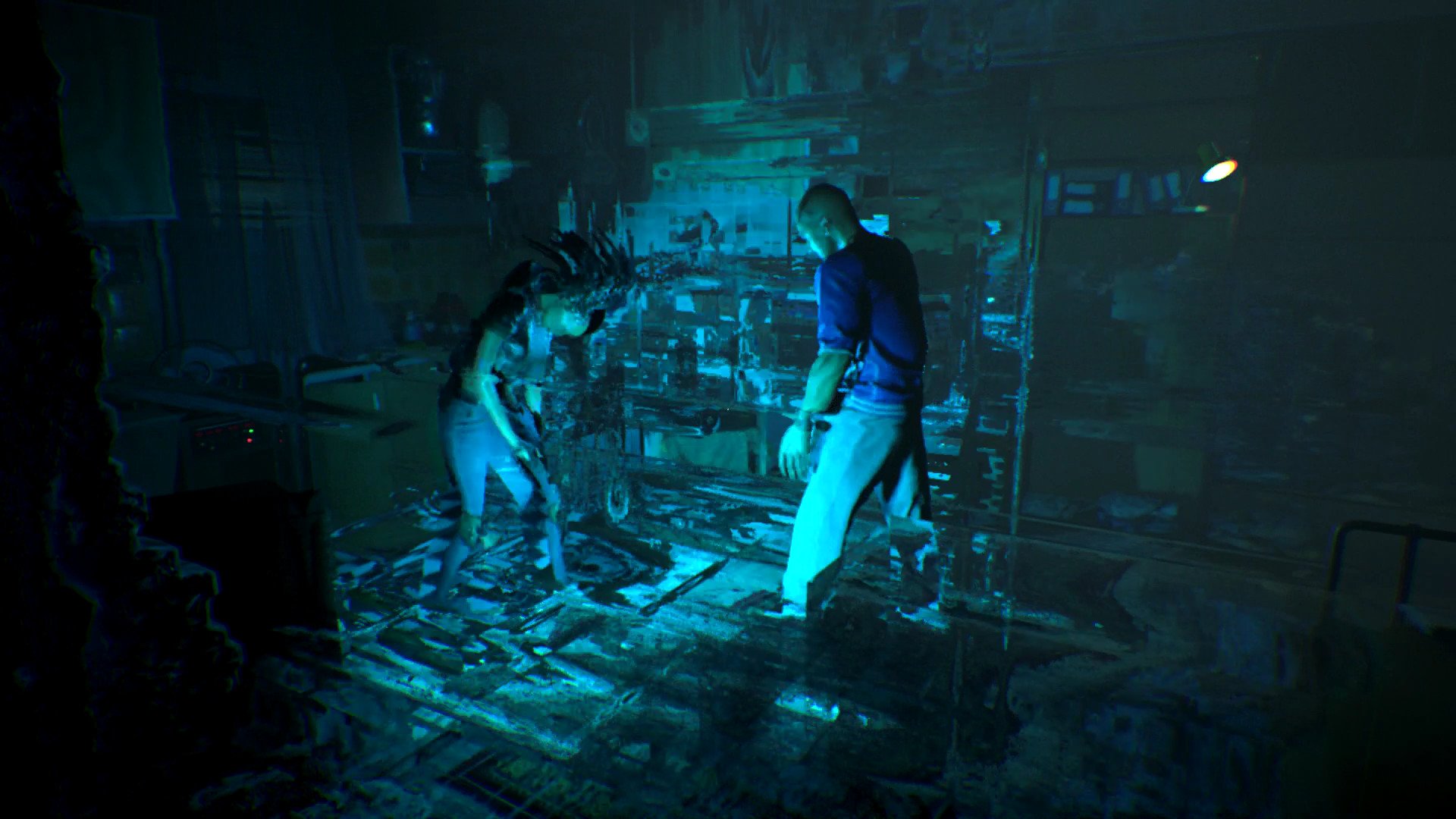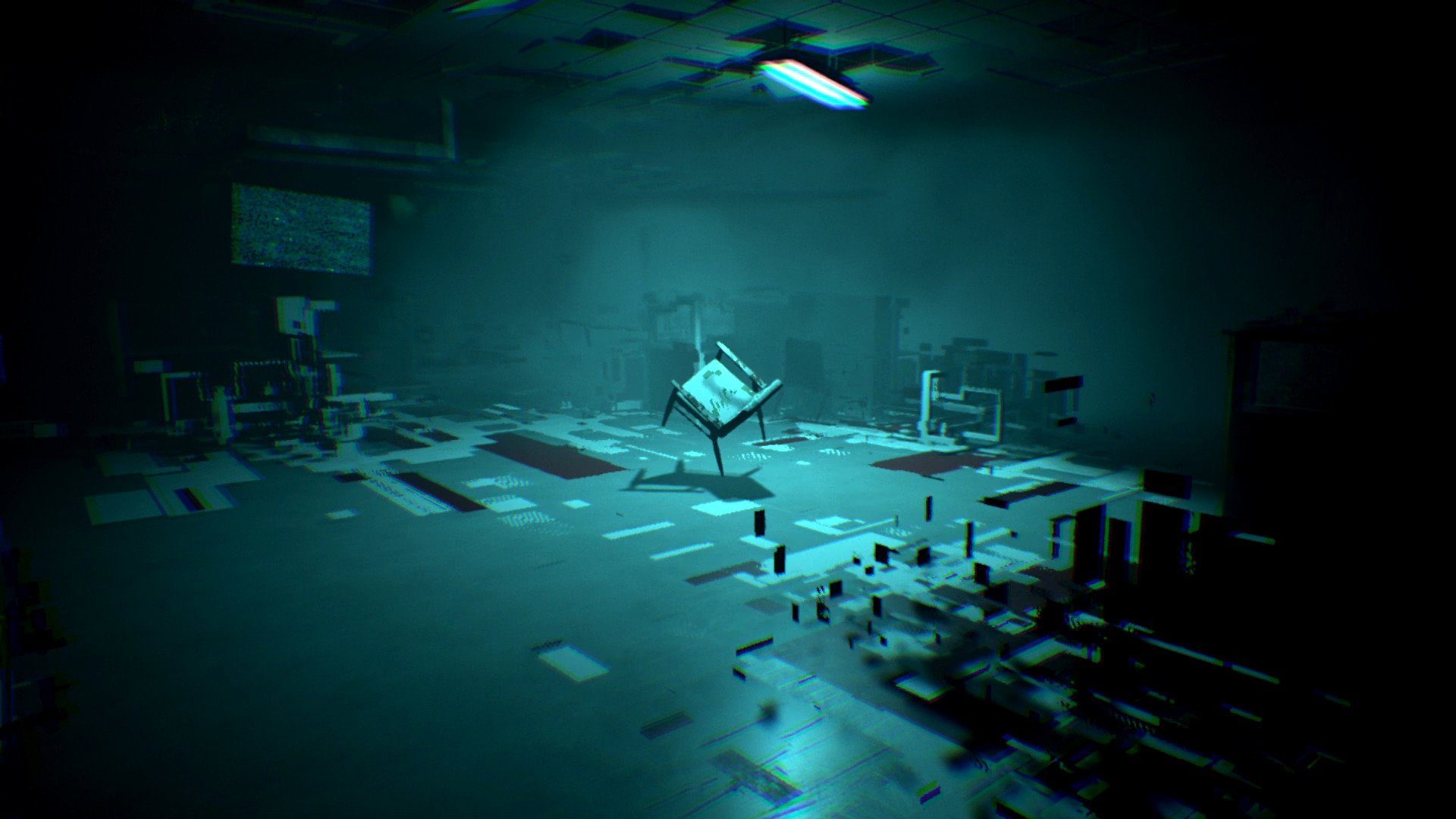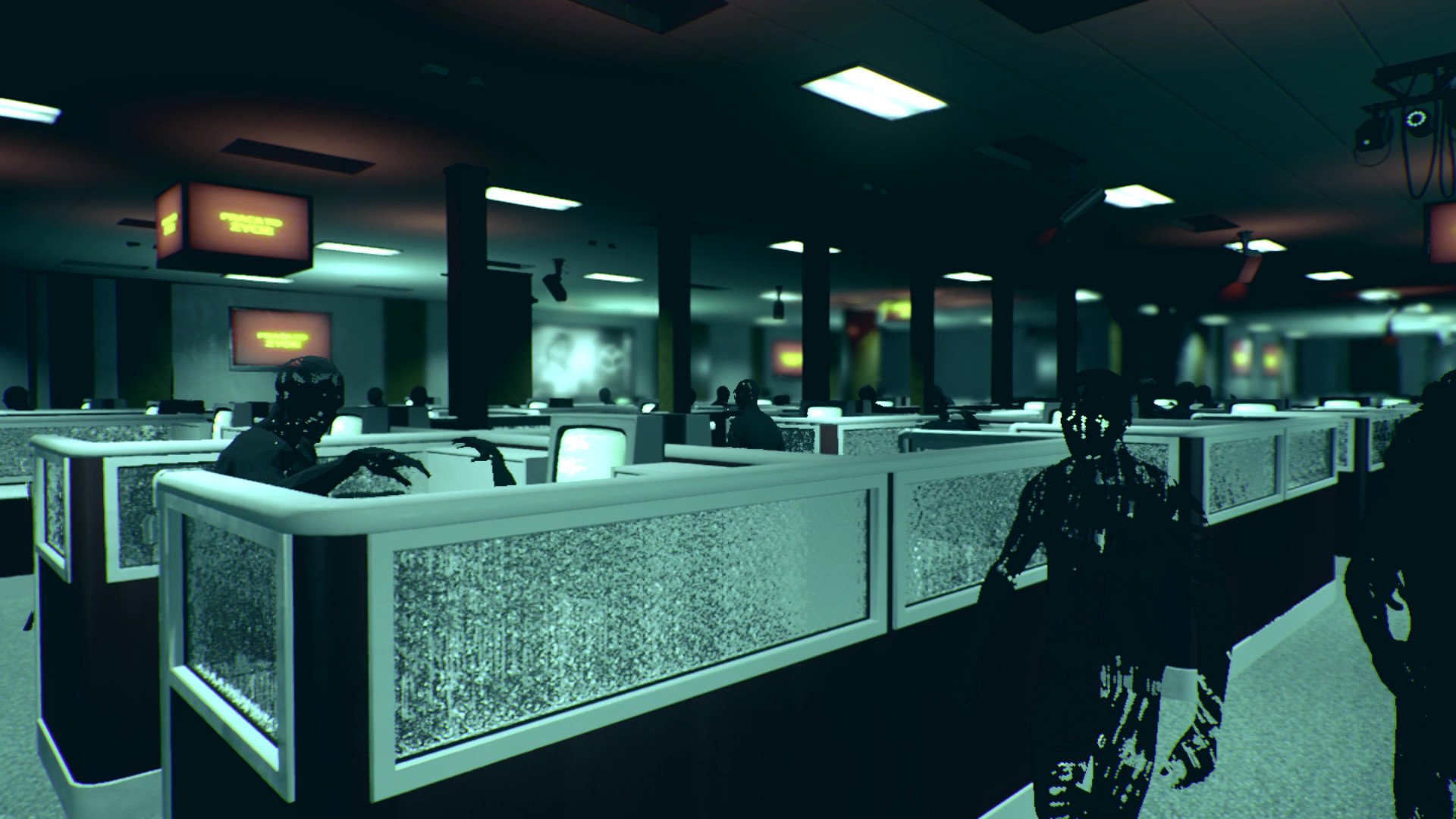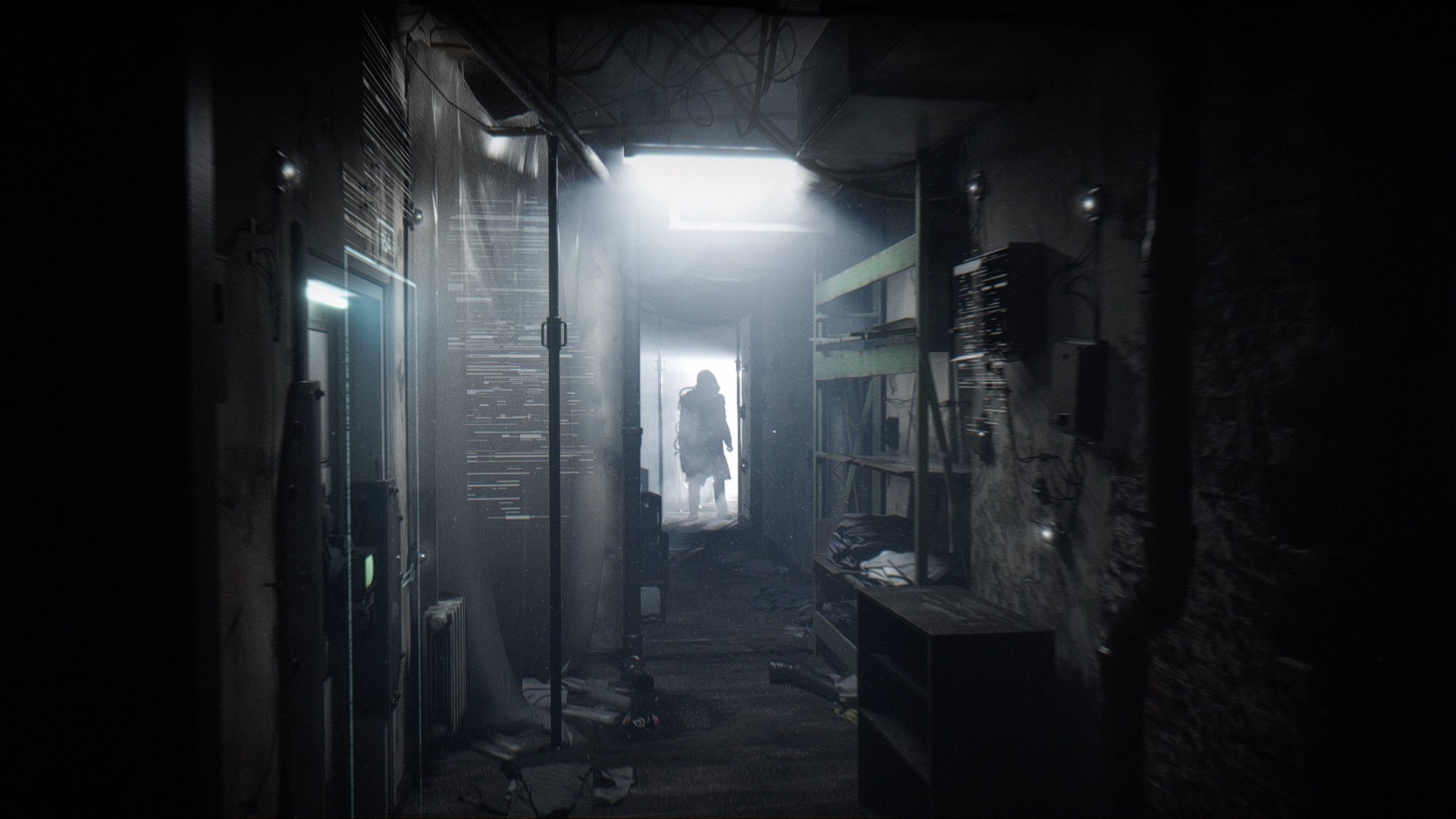Only a few years ago survival horror was being slowly being phased out of the mainstream, but as of late, we've seen somewhat of a resurgence of the genre. A once stale class of games has been revitalized on current generation consoles, with both new and pre-established franchises emerging to critical acclaim.
However, unlike many of these recent successes on the horror scene, Bloober Team's latest release, "Observer" is a game that truly strives to tackle something new. Coming off the back of "Layers of Fear," its first horror endeavor, the studio has ventured into the realm of cyberpunk for its second entry. And while Observer clearly builds on the strengths of Bloober's previous work, the unique amalgamation of genres makes for a refreshing dive into depths of a digital dystopia.
Remnants of the digital plague
Observer kicks off seventy years in the future, in the streets of a technologically advanced Poland. In a world where virtual simulations, cybernetic implants, and other digital enhancements are the norm, technology essentially dictates society in its current form. After a digital plague, known as the "Nanophage," has swept the nation, the flaws of a computer-dependent civilization are now clearly plastered over every inch of the city of Krakow.
After a digital plague, the flaws of a computer-dependent civilization are now clearly plastered over every inch of the city.
With technology conglomerates and their developments practically ruling the populace, Observer sets a scene for your typical cyberpunk tale. As a result of both the plague and the war that ensued, Chiron rose to power, while commandeering the dying economy for its own personal gain. You step into the shoes of Daniel Lazarski from the "Observer," unit – a team comprised of investigators employed by Chiron.
After receiving a call from his missing son, Lazarski veers off from his assigned missions in search of the call's location. Following a trail to the "Class C" district of Krakow, a run-down suburb thrown into disarray, Observer begins to build on the disturbing truths of a technology-dependent society. Where the lowest ranking civilians are situated, many have turned to digital "projections," drugs and other digital remedies to obscure the horrors of the current day.

Following the trail
Initially, a majority of your time in Observer will be spent navigating the hallways of an apartment complex in search of any pointers toward the whereabouts of your son. With little information on the area, searching the building and talking to locals eventually uncovers the first tracks to follow.
All the latest news, reviews, and guides for Windows and Xbox diehards.
Observer packs deep conversations and player-made decisions into the experience, although you'll ultimately meet only a few people face-to-face over the course of your journey. With many locked away inside their apartments, almost every interaction takes place solely over integrated door telecoms. Nevertheless, each of these minor characters is still able to convey brief personalities, through excellent voice acting across the board. This approach was clearly a move to cut down development costs but still adds anonymity to inhabitants, while stressing the secluded nature of its cybernetic world.
Observer packs deep conversations and player-made decisions into the experience.
Searching the environment is the second core method of gathering information, by using two purposely designed scanners to search for both biological matter and electronic components. By analyzing items, you'll come to learn more about the suspicious activity taking place in the complex, as well as finding clues to solve minor puzzles later down the line.
Though these aspects of gameplay might not be the main draw of Observer, they act as a gratifying link between the tenser horror-based aspects of gameplay. All of these consolidate to build an established world, with more depth to the overarching universe than your average horror title. Consuming what the world has to offer is a great opportunity for cyberpunk fans, while the game's deeper aspects can also be glossed over for those simply pursuing the main narrative.

Head first into insanity
One of Observer's biggest strengths is its unique approach to psychological horror, making for one of the best uses of the genre seen in some time. Building on Bloober Team's previous success from "Layers of Fear," the studio has once again moved away from the common tropes of horror, in pursuit of events driven by player mentality. Without relying on heavy gore or cheap jump scares, suspense relies solely on its atmospheric tension, exploiting player uncertainty to build its most gripping moments.
Without relying on heavy gore or cheap jump scares, suspense relies solely on its atmospheric tension.
The best example of this is Observer's "Dream Eater" sequences, which throw players into digital realms with fueled by unlimited creative freedom. Upon discovering bodies as a part of your investigations, Lazarski can hook into a victim's mind, leveraging previous memories stored on digital implants. Through this, Lazarski can explore worlds constructed by their subconscious, containing visions of previous events which may infer the perpetrator of the killings.

From the first sequence, these are frenetic strings of events, designed with player disorientation and fear in mind. Wracked with heavy static and visual artifacts, these scenes portray the cyberpunk horror of Observer in its rawest form, blending together aspects of the digital world with previously visited locations. As more Dream Eater sequences are explored, this begins to affect Lazarski's own consciousness, blurring the line between reality and the virtual augmentations.
With full creative freedom in these augmented worlds, the sequences also serve as the basis for some of Observer's more abstract and unique events. Bringing together geometrically impossible architecture and puzzles that bend the laws of physics, Dream Eater sequences force a level of uncertainty and disorientation upon the player. With the environment changing in real time, this adds an interesting dynamic; the player must lose trust in something that remains constant in any other game.

While the core gameplay of Observer excels in several areas, several performance issues hold back an otherwise promising experience. In a majority of levels, where environments are densely populated with various effects, the game struggles to keep a consistent framerate of 30 frames per second (FPS) on Xbox One. Furthermore, heavy stuttering also infrequently occurs when quickly moving between areas, as environments were assumedly loading in. Although the glitch-ridden aesthetic of a cyberpunk world does a fair job at masking these moments, occurrences in slower paced areas break the flow of the game.
Conclusion
Observer sets out with a unique premise, delivering a natural psychological horror experience on an unconventional cybernetic canvas. While the depth to its world is welcome, the game still thrives during its brief thrilling encounters, built on the recollections of the insane.
Pros:
- "Dream Eater" sequences offer some of the best horror gameplay of all time.
- Deep world upon an interesting backdrop.
- Beautiful art direction, conveying a rich cyberpunk world.
Cons:
- Various technical hitches take you out of the experience on Xbox One.
With freedom in both creativity and approach, Bloober Team has built on its strengths as a studio, making for one of the best horror titles available on Xbox One today.
This review was conducted on Xbox One using a copy provided by the developer.

Matt Brown was formerly a Windows Central's Senior Editor, Xbox & PC, at Future. Following over seven years of professional consumer technology and gaming coverage, he’s focused on the world of Microsoft's gaming efforts. You can follow him on Twitter @mattjbrown.


